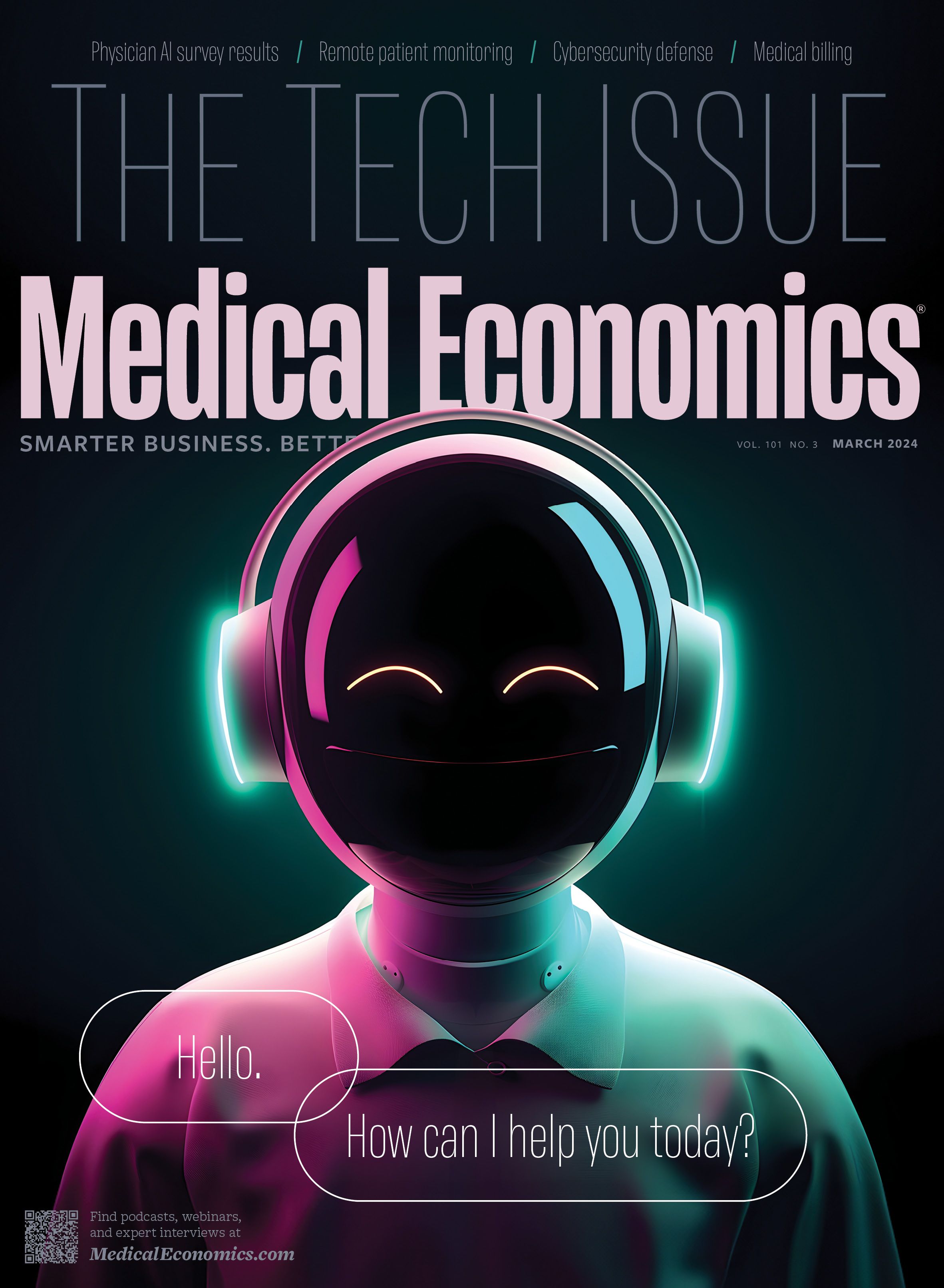Blog
Article
Medical Economics Journal
Evaluating the risks of investing in Chinese stocks as the country’s economy falters
Author(s):
Believing in global diversification, legions of individual investors owning international funds have substantial exposure to chinese stocks, wittingly or not.
Are Chinese stocks worth the risk? ©Chaosamran - stock.adobe.com

Despite chronic negative returns, Chinese stocks have long had an outsize presence among U.S. investors as holdings of international funds. American fund companies continue to sell these shares to investors seeking portfolio diversification beyond American shores.
Yet a more accurate term for it is “diworsification.” Over the past several decades, U.S. markets have far and away outperformed the rest of the world’s, especially China’s. In recent performance charts of both nation’s markets, the tracks of the two look like mirror images, with Chinese markets going down about as sharply as American markets have risen.
In recent years, negative returns from Chinese markets have turned off many professional investors. Yet believing in global diversification, legions of individual investors owning international funds have substantial exposure to Chinese stocks, wittingly or not. These people might be interested to know that many wealthy investors in Asia — some of the wealthiest among them in China — prefer U.S. markets to their own.
Caveat emptor
There are abundant reasons for this investor behavior:
Lack of transparency. Economic data from the Chinese government are less than reliable, but a roughly accurate picture can probably be painted from independent data sources. That picture is one of current economic decline after decades of brisk growth.
China’s current economic woes. These will probably be around for years, as the problems are so structural that near-term recovery is highly unlikely. Unemployment is astronomical, particularly among young people, and deflation, a highly negative scenario of declining prices, has set in.
Abruptly slowing growth. China’s economic growth is slowing so rapidly that it may be on the cusp of recession — economic shrinkage rather than growth. “China might be having a recession [already] or is going into one,” writes market economist Edward Yardeni, acknowledging that this assessment conflicts sharply with statistics from the Chinese government. “This recession is hiding in plain sight,” he adds.
Pain that’s our gain. Deflation means lower prices in the U.S. on Chinese imports. Chinese consumers are reluctant to buy much amid deflation; they just wait for prices to go down. So manufacturers are shipping the surplus to the U.S. at lower prices — so far about 2.5% lower. In this sense, “China is kind of having a recession for us,” Yardeni says in a recent video, referring wryly to last year’s abundant forecasts calling for a near-term U.S. recession that hasn’t arrived and probably won’t for the foreseeable future.
A popped bubble. In recent years, rapidly rising real estate prices in China created a huge bubble that has now burst. By some internal measures, the value of Chinese real estate is now down nearly 60% since 2020. The cause is unfettered real estate speculation by developers, which has landed about 90% of China’s $13 trillion real estate market in default from nonperforming loans. As a result, an estimated 100 million empty condos and apartments are owned by banks financing development projects that went belly up. According to the International Monetary Fund, the market value of real estate assets currently held by Chinese banks is more than twice the nation’s gross domestic product (GDP) — the total value of a national economy’s annual output in goods and services. This figure indicates extreme economic dislocation, but it may be even worse. J. Kyle Bass of Hayman Capital Management, an international investor and frequent China critic, puts this figure at four times the GDP. This is a self-inflicted wound, easily foreseeable in a lopsided economy that’s overly real estate based (about 25%) and where all urban land is state owned. It’s interesting that the Draconian Chinese government let developers get so far into debt.
A curious disconnection. China’s Hang Seng stock index has delivered negative returns for the past 15 years, despite brisk economic growth before the economy began to decline over the past couple of years. Amid the earlier growth, the economy doubled, but stocks performed poorly overall. Today, the value of stocks in Chinese markets is a fraction of what it was a few years ago. More than $6 trillion has been wiped out from the market value of Chinese stocks since 2021. And as of mid-January, KraneShares CSI China Internet (KWEB), an American-based exchange-traded fund that tracks the CSI Overseas China Internet Index, was down 70% over three years.
Why didn’t China’s earlier, stellar growth register with gains in its stock markets? Characteristic party secrecy leading to market opacity makes it hard to say. One possibility is that stock valuations were way off. Other explanations may be more nefarious. Says Bass dismissively, “Investing in communism just doesn’t work.”
Such inherent risks should be clearer to U.S. investors who don’t seem troubled by the arbitrariness with which party officials occasionally crack down on domestic public companies, sending their shares plummeting.
And though China’s economy enjoys a river of economic stimulus from multinational companies operating there, the party isn’t what you’d call hospitable to this regular economic infusion. Occasionally, it lashes out unpredictably at these multinationals. Prominent among them are some huge American companies, including Tesla, which has extensive manufacturing operations in China, and Apple, which produces the world’s iPhones there and now suffers from a ban on iPhones in Chinese government workplaces, a significant market slice.
The great decoupling
U.S.-Chinese relations have grown chilly in recent years, as the U.S. has protested human rights abuses, government-sanctioned or -tolerated theft of American intellectual property and China’s increasingly expansionist posture in the South China Sea (building islands in shallow international waters to claim maritime territory). China makes no bones about its territorial designs on the neighboring island nation of Taiwan, calling an eventual takeover “reunification,” an Orwellian euphemism that alarms the Taiwanese. Taiwan recently elected a new president intent on maintaining Taiwanese sovereignty, and the Taiwanese don’t speak about whether China will invade. They talk about when.
A possible long-term outcome of U.S.-China geopolitical tensions is summed up in public discourse as the “great decoupling,” a term that suggests eventual changes in the two nations’ trade relationship. This relationship is based on mutual economic benefit, though economists point out that China currently needs us much more than we need them.
Even with continued American corporate investment, the Chinese economy’s long-term future is demographically doomed. As recently as a few years ago, American media outlets carried headlines saying China was on track to overtake the U.S. as the world’s largest economy by 2030. Now that seems highly doubtful.
Long-term projections now hold that China’s structural economic woes will likely worsen as the 21st century progresses. The nation’s previous long-standing one-child limit, though now liberalized to three children per family, is still hamstringing badly needed population growth. Culturally oriented to having one child, Chinese women are resisting government pressure to have more. As a result of this and the residual effects of the previous one-child policy, various projections show, the Chinese population might shrink by as much as half a billion by 2100.
And as immigration to China is extremely low — with a lot more people seeking to leave the country than to enter it — the nation faces by midcentury a likely long-term shortage of the working-age population needed to support the young and the old. This is in sharp contrast to the U.S., which also has a low birth rate but maintains its working-age population with high immigration; working-age people come here to work.
The elephant in the room
China’s economy also faces risks from the developing trend of American multinational companies’ pulling manufacturing operations out of China to avoid arbitrary regulation and the kind of supply-chain disruption they experienced from the pandemic. Some of these companies are re-sourcing their chains, moving plants to Vietnam and India. Others are engaging in reshoring (aka onshoring) — the practice of relocating plants abroad to American soil. Though manufacturing here is much more expensive, it avoids supply-chain kinks and reduces shipping costs.
But these are only the known risks. When it comes to assessing the investment risks in China, the elephant in the analytical room is unknowns from deliberate state opacity or, worse yet, potential misrepresentation. A far better choice for American investors would be to invest at home, where risks are fewer and clearer and the potential rewards far higher than anywhere else on the planet.
Money inevitably goes where it’s treated the best. That’s why so much of the world’s money comes to American markets.
Dave S. Gilreath, CFP, is a founding principal and chief information officer of Sheaff Brock Investment Advisors, an investment firm for individual investors, and Innovative Portfolios, an institutional money management firm. Based in Indianapolis, the firms manage assets of about $1.4 billion. The investments mentioned in this article may be held by those firms, Innovative Portfolios’ exchange-traded funds, affiliates or related persons. There may be a conflict of interest in that the parties may have a vested interest in these investments and the statements made about them.

Newsletter
Stay informed and empowered with Medical Economics enewsletter, delivering expert insights, financial strategies, practice management tips and technology trends — tailored for today’s physicians.





